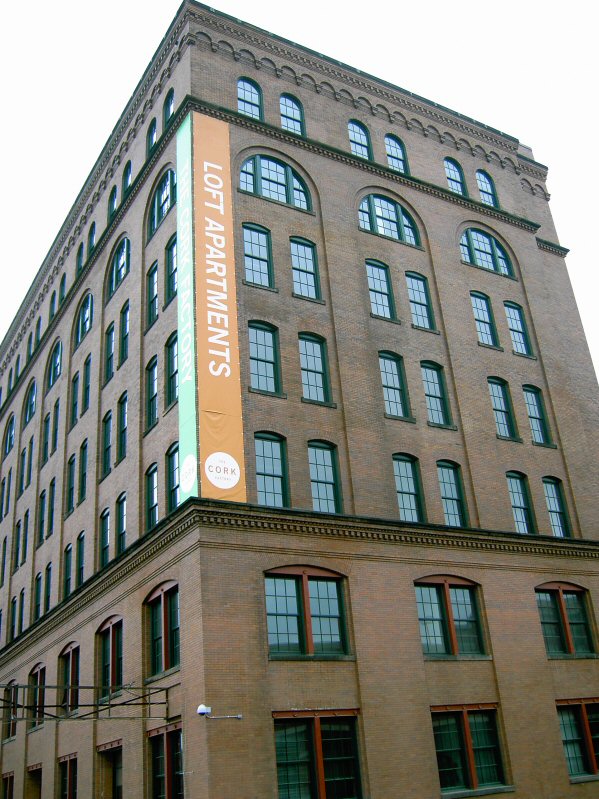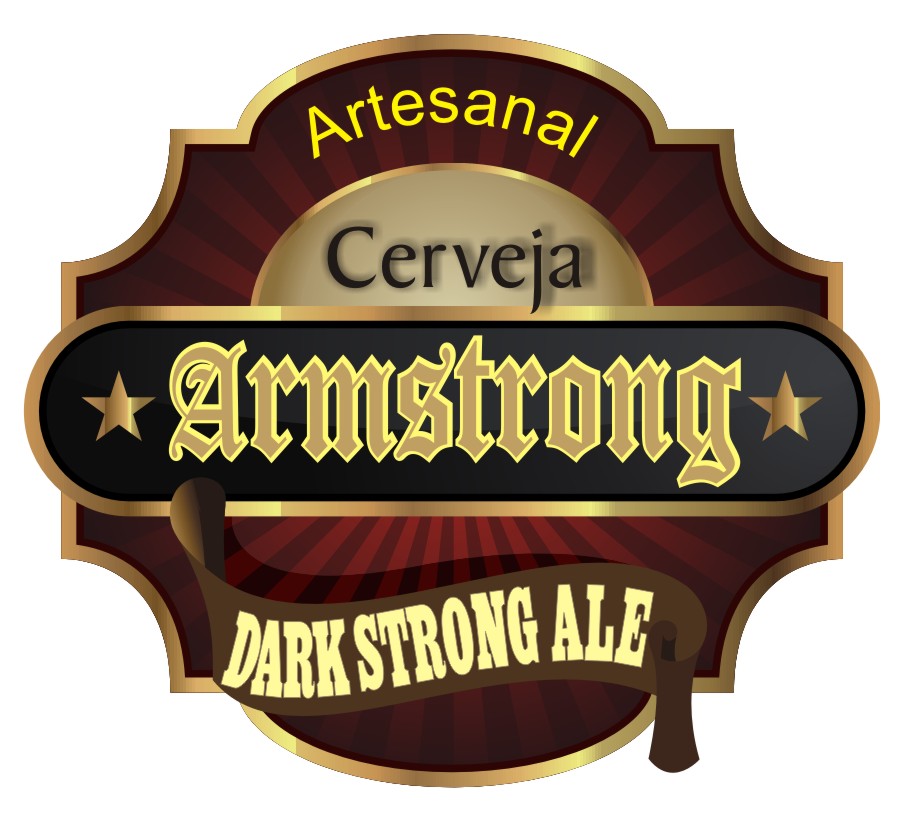Jet Coaster Fan
Well-Known Member
- Joined
- Dec 31, 2010
- Messages
- 242
- Reaction score
- 0
- Points
- 0
I found this amber 1970s beer bottle that says Not To Be Refilled, No Deposit No Return on the shoulder of this bottle. On the bottom is has the word Armstrong with the letter A in a circle. Under that is the number 13 7. It is 7 1/2 inches tall and Over 2 1/2 inches wide.
It has a throwaway pop top lip. What do you know about this bottle? Ts is common or sorta rare?
It has a throwaway pop top lip. What do you know about this bottle? Ts is common or sorta rare?












